What is image sharpness?
Definition of image sharpness: Image sharpness refers to the sharpness of each detail of the image and its boundary.
Differences between image sharpness and resolution, resolution, etc.
In addition to the word clarity, we often see such words as resolution, resolution, resolution, resolution, resolution, resolution, resolution and resolution. At present, there are different opinions about the meanings and specific contents of these words, and how to use them properly. Generally speaking, there are three kinds of opinions.
1. Resolution is clarity?
This is the most common view. According to this view, the meanings of these words are the same or the same. Some people are accustomed to using such words as resolution (rate), resolution (degree) and image (degree), while others are accustomed to using the word clarity. In other words, the meanings of these words are the same, but they are used to different objects with different vocabulary, such as the use of the word clarity for TV sets, and the use of the word resolution for displays such as computers.
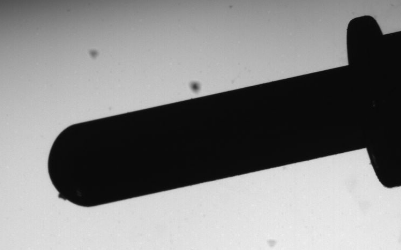
2. Resolution and clarity are two different things?
This view holds that clarity is essentially different from resolution (including several words such as resolution, resolution, resolution, etc.), and that the specific content they refer to is not the same. Specifically, clarity refers to the degree of clarity of the image macroscopically seen by the human eye. It is the subjective perception of the final image caused by the comprehensive results of the objective performance of the system and equipment. (Although subjective sense, it can not be measured by an objective standard like subjective auditory evaluation. The subjective sense of clarity can be quantitatively measured, i.e. the thickness of black and white lines can be measured, and there are standard test methods and test charts. The measured data have a clear unit, that is, television. Line TVL).
The resolution is different from the clarity. It does not refer to the subjective feeling of human beings, but refers to the image quality recording index used in the process of recording, transmitting and displaying, and the inherent screen structure of the display device itself to show the image's fineness. Specifically, it refers to the scanning format and display settings of a single image signal. Spare pixel specifications. The scanning format of the image signal and the pixel size of the display device are all expressed by "horizontal pixel * vertical pixel". Its unit is not "line", but "point". The resolution of the image signal and the resolution of the display device are determined by the format and specifications, and are fixed, while the clarity can be changed by the conditions. The number of lines in sharpness is always less than the number of lines connected by the resolution pixels of the image signal. For example, for the scanning format of PAL TV 720 x 576, the horizontal pixel is 720 points, that is, 720 vertical lines can be obtained, but no matter what high-definition display is used, 720 horizontal lines can not be obtained.
3. Resolution and clarity can be used interchangeably, but the concepts are different. This opinion is actually between the two extreme opinions mentioned above. This view holds that the television system has a definition, which can also be called resolution, resolution, resolution and resolution, etc. The final image reflected by the television also has a definition, which can also be called resolution, resolution, resolution and resolution, so the two can be used interchangeably. However, the two concepts are not the same, so although the term definition and resolution can be used interchangeably, they can not be confused in mind with the term "television system definition" and "image definition achieved by television".
Clarity and Resolution in Machine Vision
Definition and resolution in machine vision are two totally different overviews. Clarity reflects the clarity of the image, because optical products such as lenses are used, which can be divided into focusing and non-focusing, so when focusing, we can get a clearer image, but when focusing is not clear, the image will be blurred. Therefore, sharpness is mainly used to describe whether the image is blurred or not.
Resolution or resolution, resolution, etc., is a representation of the visual resolution in machine vision system, that is, to what extent the visual system can theoretically analyze at least. It's quantifiable. For example, an industrial camera with a resolution of 2588 x 1940 and a visual field of 25.88 mm has a visual resolution of 25.88/2588 = 0.01mm/Pixel. If the visual field is doubled to 12.99 mm, the visual resolution will be 12.99/2588 = 0.005mm/Pixel, which has doubled the visual accuracy. This is significant for improving the stability and accuracy of the system. High visual accuracy can reduce the misjudgment of products at critical points. At the same time, high visual resolution can also measure smaller targets.
The image above is taken at 300,000 pixels, and the image below is taken at 1.3 million pixels.
In the above two pictures, the target is the same axis. In the above picture, a 300,000-pixel CCD industrial camera is used. In the following picture, a 1.3-million-pixel CMOS industrial camera is used. From the two pictures, we can see that the axis is clear in the field of vision, but the two resolutions are different. When the field of view is similar in theory, the resolution of Figure 3 should be twice that of Figure 2.
Product recommendation
TECHNICAL SOLUTION
MORE+You may also be interested in the following information
FREE CONSULTING SERVICE
Let’s help you to find the right solution for your project!
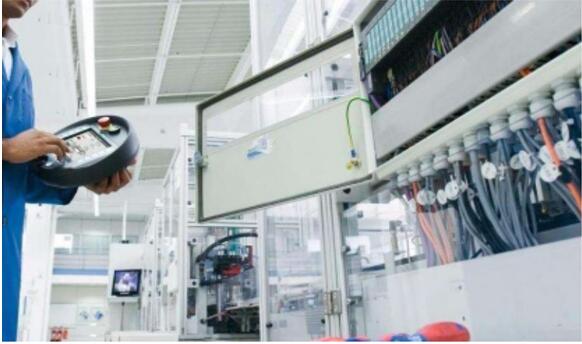


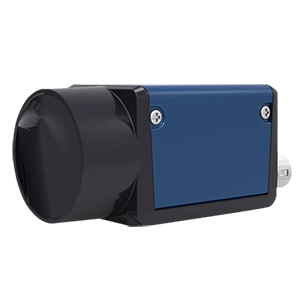
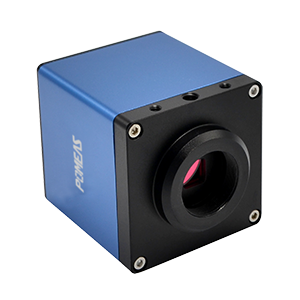
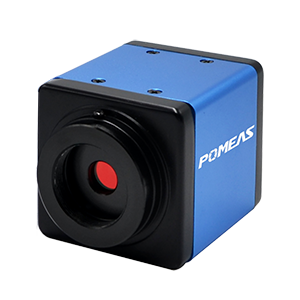
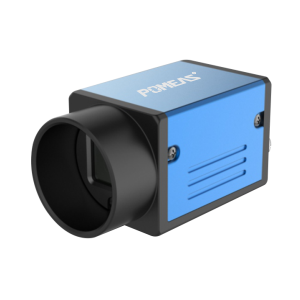
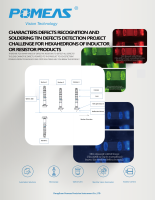
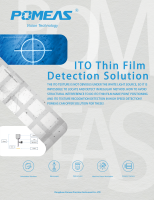
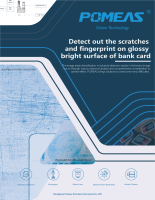
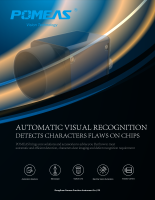
 ASK POMEAS
ASK POMEAS  PRICE INQUIRY
PRICE INQUIRY  REQUEST DEMO/TEST
REQUEST DEMO/TEST  FREE TRIAL UNIT
FREE TRIAL UNIT  ACCURATE SELECTION
ACCURATE SELECTION  ADDRESS
ADDRESS Tel:+ 86-0769-2266 0867
Tel:+ 86-0769-2266 0867 Fax:+ 86-0769-2266 0867
Fax:+ 86-0769-2266 0867 E-mail:marketing@pomeas.com
E-mail:marketing@pomeas.com
